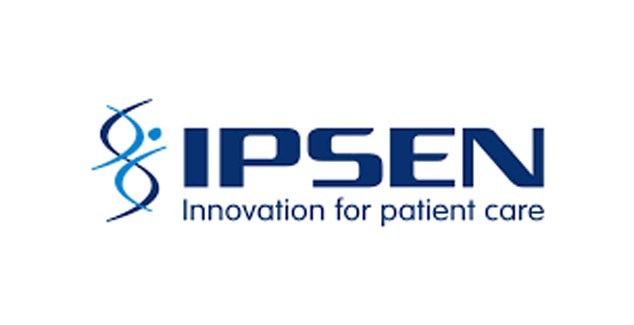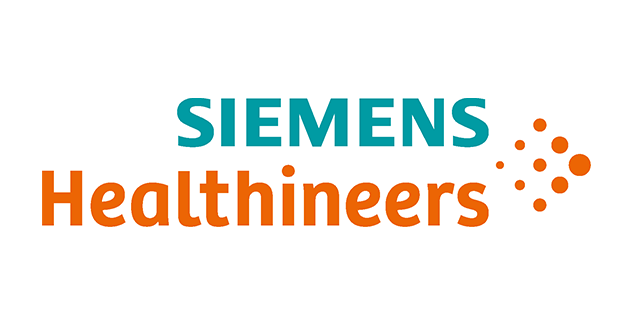World Stroke Organisation issues a joint position statement with American Stroke and Heart Association on maintaining stroke care services during pandemic in low- and middle-income countries
COVID-19 pandemic has disrupted stroke care globally. During the peak of the pandemic the number of stroke patients admitted in hospitals significantly reduced, including thrombolysis and thrombectomies. The stroke unit beds were reallocated for COVID care in many countries and rehabilitation of the patients was also affected. The stroke systems of care (SSOC) in high income countries (HICs) had risen to the above challenges with adaptation of protocols and procedures for safe evaluation and treatment of stroke patients in a time sensitive manner. Low-and-middle income countries (LMIC) have fragmented health care system and often face challenges in the delivery of SSOC.
To address this gap World Stroke Organisation (WSO) and American Stroke and Heart Association created a joint writing group to prepare a position statement with pragmatic recommendations for LMICs to deliver stroke care during the pandemic. This position statement was published recently in the International Journal of Stroke. The lead author of the paper Dr Jeyaraj D Pandian (India), Vice President of WSO, stated that the writing group reviewed all the published guidelines and came up with practical solutions for LMICs which could be implemented in the diverse SSOC. Drs Peter D. Panagos (USA), Ivy Anne Sebastian (India), Gisele Sampaio Silva (Brazil), Karen L Furie (USA), Liping Liu (China), Mayowa O Owolabi (Nigeria), Valeria Caso (Italy), and Suhail Abdulla Alrukn (Dubai) were the other coauthors of the paper.
Following are the highlights of the recommendations:
Prehospital care: Patients can come by ambulance or by any vehicle without any delay in arrival after symptom onset
Emergency department: Use of protected stroke code, rapid screening and triaging of high-risk patients, Personal protective equipment (PPEs) to be worn by the staff and low risk cases to be triaged to non-covid areas.
Neuroimaging: CT/CTA and CT chest in the protocol, PPEs to be worn by all staff, minimal staff in the gantry and sanitize the scanner after procedure
Thrombolysis and mechanical thrombectomy: Thrombolyse in the gantry, if possible, Tenecteplase could be an alternative, conscious sedation for thrombectomies, intubation to be done in the emergency department if required, minimal staff in the angio suite and sanitize after each procedure.
Stroke unit care: Establish written protocols like FeSS etc, minimal staff with appropriate PPEs, positive stroke patients in COVID designated areas can be monitored by telestroke using Allm Inc’s mHealth stroke workflow solutions such as JOIN.
Rehabilitation and follow-up: Early involvement of caregivers, follow-up and rehabilitation can be done using telemedicine.
Vaccine related vascular complications: Cerebral venous sinus thrombosis should be suspected in patients with recent COVID-19 vaccination presenting with new onset headache and/or focal deficits due to immune mediated thrombocytopenia.
The introduction of protected pathways, modified stroke protocols and adoption of digitalization into stroke care including telestroke, telerehabilitation, and videoconferencing is crucial to preserve the stroke continuum of care. While there is still a long way to go, diligently implementing the above pragmatic recommendations will help us to deliver stroke care in LMICs during the pandemic and in the coming years before we enter the next normal.
Dr Jeyaraj D Pandian
Vice-President
World Stroke Organization

 Member login
Member login













